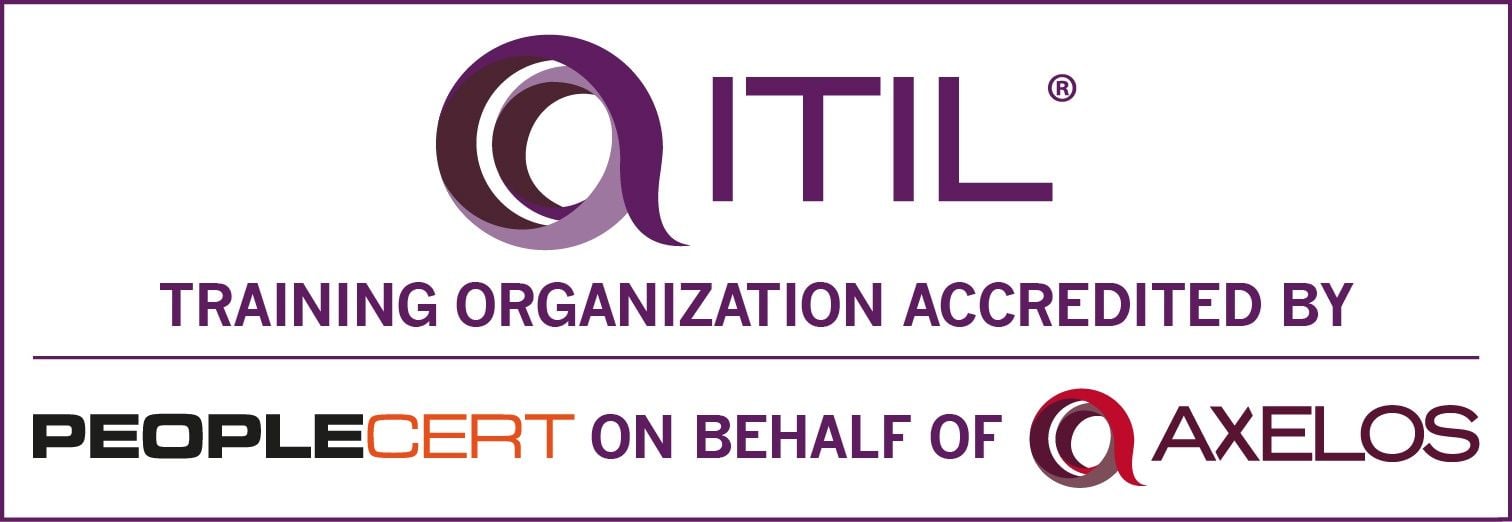Cloud Security: What to Consider
Securing a cloud environment is much more difficult than securing a traditional computer network, as it offers so many more soft targets for unlawful entry and chances for accidental data erasure. Here, a cloud cybersecurity expert walks readers through three aspects of cloud security to begin the conversation.
In 2021, it’s estimated that some $74.6 billion will be spent on cloud IT infrastructure, and yet cloud security problems are likely to continue into 2021. By 2025, Gartner estimates, some 90 percent of organizations with poor public cloud strategies will expose themselves to unnecessary risks. Here, I’d like to walk you through some of the basic concepts to consider to secure your cloud infrastructure.
Security
Cloud security is different from firewalls in that it does not focus on protecting network entry points, but instead focuses on securing cloud applications. The ultimate aim is to provide comprehensive security for data from unauthorized access, theft, exposure, or deletion of data—whether the activity is malicious or accidental.
Unlike firewalls that control traffic coming into a network, cloud security relies on a zero-trust security approach to protect data. This approach, which does not automatically trust any activity inside or outside its network, is effective in protecting organizations against both insider and external threats.
Securing your cloud security computing environment in the long term is often the result of maintaining routine and mundane tasks, such as keeping cloud systems and applications updated with the latest security patches. Cloud patch management is a key element in keeping business servers free of vulnerabilities.
Identity and access management (IAM) is an essential cloud service that secures users and cloud resources by controlling permissions and access. These are authorization policies and access management controls applied to authorized users or cloud resources that limit visibility, access and modification permissions on a strictly need-to-know basis.
Architecture
Cloud application security architecture should be an important consideration when organizations choose a cloud security software. Cloud-native architecture can give your business distinctive advantages with applications that are created and deployed in the cloud including:
- Redundancy to ensure that your cloud security is capable of avoiding outages
- The ability to increase or decrease workload demand within the existing application infrastructure resulting in easy scalability
- Security vulnerabilities are patched as soon as they are discovered through automated updates and patches from the vendor
Going beyond login access, Cloud security services also take care of a range of cloud risks. For example, the platforms can potentially identify possible account takeovers based on IPs, as well as lateral phishing and internal or external data exposure.
A next generation cloud security solution for Data Loss Prevention or DLP should have a set of predefined patterns that enables the identification of sensitive data. This would likely also be enabled with machine learning capabilities.
Preventing data loss in combination with cloud access requires the entire network traffic to be controlled and all data flows to be transparent. This will need to be controlled with a solution that can steer the entire traffic.
Policies
Cloud policies, when effective, work to protect the integrity and confidentiality of your company information. These can also act as guidelines to moderate your financial management, cost optimization, performance management, and network security. Rightly articulated and implemented cloud security policies are key to ensuring overall cloud and information security. Comprehensive cloud security policies govern and facilitate secure operations in the cloud. Always remember that the responsibility for securing cloud systems is shared by both the vendor and the customer.
This a high-level overview of what to consider for your cloud security solution. Beyond this, the rubber hits the road with granular decisions catered to your enterprise’s needs and vulnerabilities. While the process of securing your cloud environment may be time-consuming, it is well worth the effort.

)
)
)
)
)
)
)
)
)
